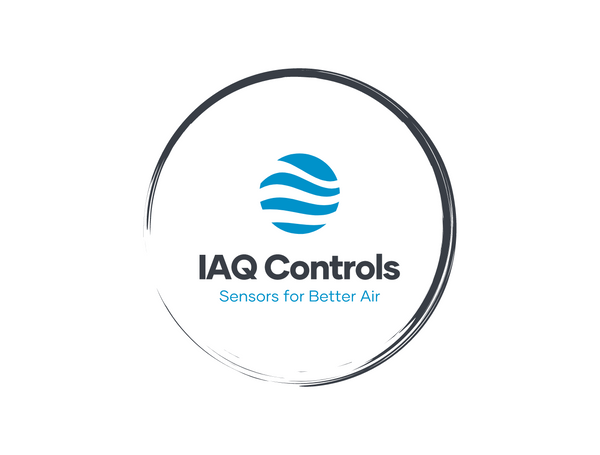Volatile Organic Compounds (VOCs) are chemicals that evaporate into the air, coming from everyday sources like furniture, cleaning products, and fuel emissions. While some are relatively harmless, others are linked to serious health risks, including cancer and neurological damage. Understanding their effects and safe exposure levels is key to maintaining indoor air quality.
Where Do VOCs Come From?
VOCs are released from a wide range of products and materials. Building materials like plywood, insulation, and flooring emit formaldehyde, while furniture, carpets, and paints release benzene, toluene, and other solvents. Household cleaners, air fresheners, and personal care products contain alcohols and terpenes, which contribute to indoor VOC levels. Outdoor sources such as vehicle exhaust, industrial emissions, and fuel vapors also bring in benzene, toluene, and naphthalene. Even dry-cleaned clothing emits perchloroethylene. Poor ventilation allows these chemicals to accumulate indoors, increasing long-term exposure risks.
The Most Hazardous VOCs and Safe Exposure Limits
Some VOCs are far more dangerous than others. Below are some of the worst offenders, along with their recognized exposure limits:
-
Benzene – A well-known carcinogen found in gasoline, tobacco smoke, and industrial emissions. Chronic exposure leads to leukemia and immune system damage.
- OSHA Limit: 1 ppm (8-hour average)
- Public Health Recommendation (WHO/EPA): Keep as low as possible; long-term exposure to just 0.0005 ppm (1.7 µg/m³) increases cancer risk.
-
Formaldehyde – Released from pressed wood furniture, adhesives, and combustion sources. Causes throat irritation and long-term exposure is linked to nasopharyngeal cancer.
- OSHA Limit: 0.75 ppm (8-hour average), 2 ppm short-term
- WHO Indoor Air Guideline: 0.1 mg/m³ (≈0.08 ppm) for short-term exposure.
-
Vinyl Chloride – Used in plastic manufacturing, it is a confirmed liver carcinogen with no safe exposure level.
- OSHA Limit: 1 ppm (8-hour average)
- EPA Recommendation: Virtually zero; levels above 0.00005 ppm (0.13 µg/m³) carry cancer risk.
-
Trichloroethylene (TCE) – Found in degreasers and adhesives, TCE is linked to kidney cancer, liver damage, and birth defects.
- OSHA Limit: 100 ppm (8-hour average)
- EPA Safety Recommendation: Below 0.002 ppm (2 µg/m³) for indoor air.
-
Naphthalene – Used in mothballs and air fresheners, it has been linked to lung damage, anemia, and potential cancer risk.
- OSHA Limit: 10 ppm (skin exposure risk noted)
- WHO Indoor Air Limit: 0.01 mg/m³ (10 µg/m³) due to cancer concerns.
Short-Term vs. Long-Term Exposure Risks
Short-term exposure to high VOC levels can cause eye irritation, dizziness, headaches, and respiratory distress. Many solvents like benzene and TCE can depress the central nervous system, leading to confusion, unconsciousness, or even fatal respiratory failure at extreme levels.
Long-term exposure is the bigger concern. Many VOCs accumulate in the body, leading to chronic neurological effects, immune suppression, organ damage, and increased cancer risk. Even low, continuous exposure to formaldehyde, benzene, and TCE over decades significantly raises the likelihood of serious health effects.
How TVOC Sensors Detect VOCs
TVOC (Total Volatile Organic Compounds) sensors provide an overall measurement of VOC levels rather than identifying specific compounds. These devices commonly pick up:
- Formaldehyde – From wood furniture, insulation, and adhesives.
- Benzene & Toluene – Found in fuel vapors, solvents, and cigarette smoke.
- Terpenes – Emitted by air fresheners and scented cleaning products.
- Perchloroethylene – From dry-cleaned clothing and industrial degreasers.
- Acetone & Alcohols – Common in nail polish remover, disinfectants, and household
